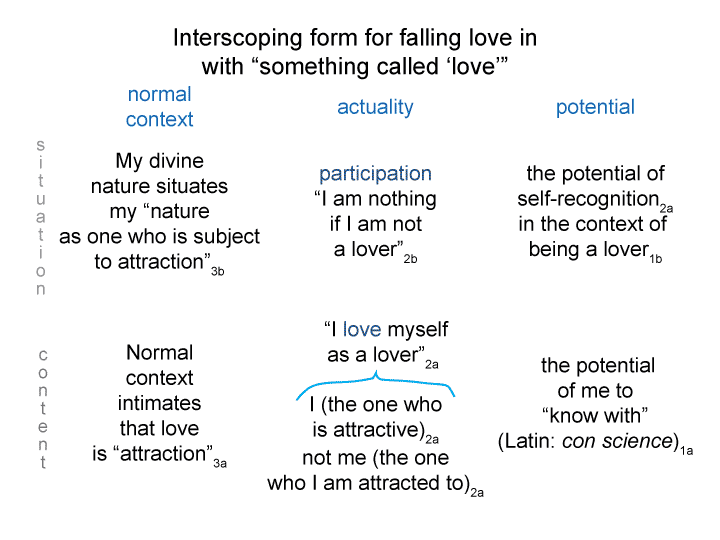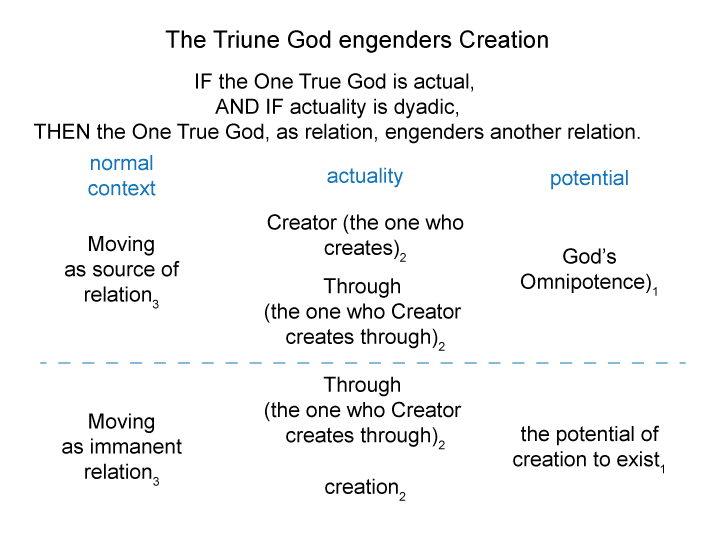Man and Sin by Piet Schoonenberg (1964) 2.2P
Summary of text [comment] page 71
[A brief review of male-female pair bonding is in order.
The human male evolved to be the female’s helper.
This adaptation could not take place without assurance by the female of the male’s paternity of the children.
The female evolved a hard to fake behavior that provides this crucial assurance.
She put the male in charge of the family.]


